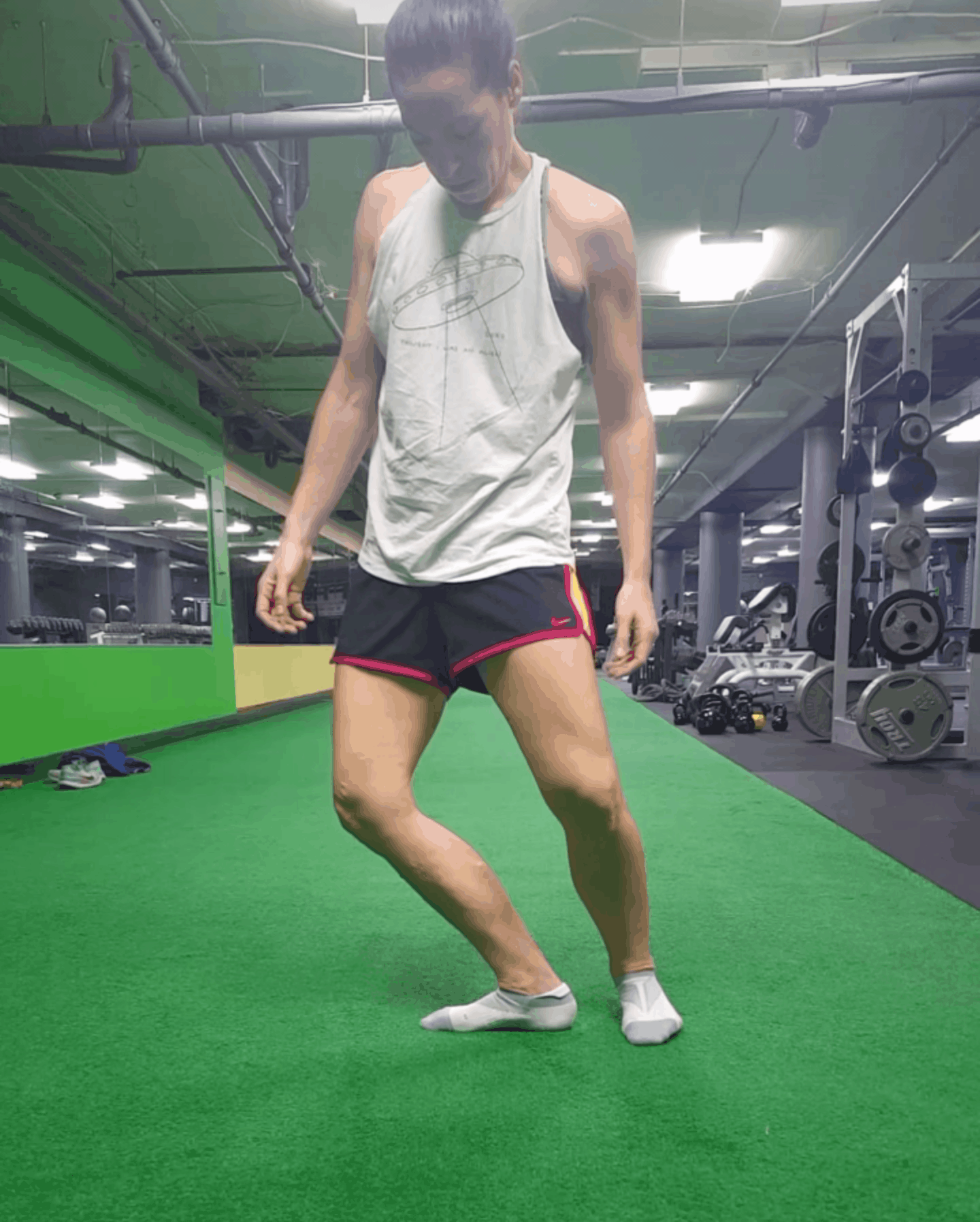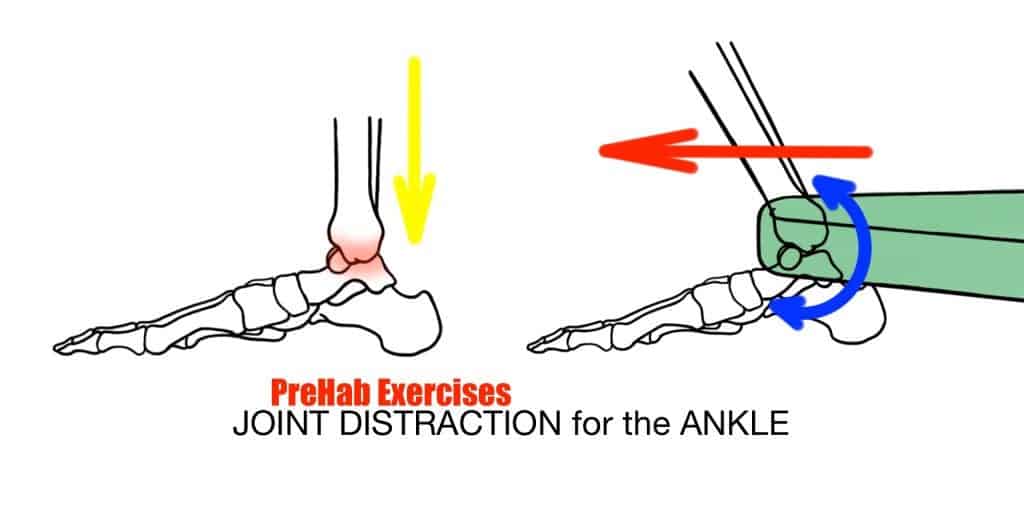
Expanding Dorsiflexion: Vectors, Vertices, and Variability
Increasing dorsiflexion is a popular yet frustrating goal. Getting the ankles to do more lessens the strain on the knees, and is an important factor in being able to drop into a deep squat — an often used marker of overall mobility. Even the most diligent and disciplined of devotees, though, seem to get meager returns for their efforts.
Either the ankles are just that stubborn or what we’re doing isn’t making enough of an impact to stick. Since the ankles are composed of the same cells and ‘stuff’ as everything else, I don’t think it’s the former. The problem might very well be that we are bored into hopeless defeat by our routines. Consistency doesn’t yield the same results as variability.
The task is pretty clear cut: bring the top of the foot as close as possible to the shin. (Note that this is a more expansive definition than move the ankle as far beyond the knee as possible, keeping the heel down.) Far too often, definitions double as descriptors. This limits our understanding of how a movement can be performed, and squashes the potential of variability. The wonder of movement is that end points can be reached in a multitude of ways. The more options you consider the better chance you have of finding that breakthrough and formulating your solution.
Since dorsiflexion is a dominant factor in the actions of climbing, stepping, standing, squatting, and reaching, slivers or combinations of these movements can be used to both test and train ability. The amount of dorsiflexion you need is dependent on what you want to do. If you only perform scripted movements, your degree of dorsiflexion will be deemed sufficient by the motions you continually choose to perform. New, novel, playful movements are much more likely to expose weaknesses. Squatting levels of dorsiflexion are insufficient for stepping forward and reaching, especially from different heights, but it cannot be something known or practiced until first tried.
Two considerations to factor into dorsiflexion training are vectors and vertices.
vector = direction of force acting upon a joint
vertex = foot height in relation to hips
By opening up the hip and lateral shifting into it, you can open up a new range of motion. The goal becomes keeping this expanded range while shifting yourself into a traditional position of hips squared, knee forward, and heel down:
Note how the hip glides over the toes at the start. The gradual removal of assistance is the main concept behind #getitkeepit .
Manipulating the direction of force on a joint is nothing new, but it is often incorporated into practice with the use of band resistance.
The same ‘space creation’ can be produced much more organically by simply adding a horizontal component to the movement. A rack can be used to push or pull against, or the knee and hip can lead and the ankle closure can follow suit:
Because dorsiflexion is so often thought of as a ‘forward’ movement, we often neglect to look at the same motion going backwards or utilizing the hind leg.
Rotation, too, often gets left out of the equation. Where the moving knee goes, the hip follows, and it makes for a novel weight shift:
Bearing load in mutliple ways makes dorsiflexion a more functional practice.
Elevating the foot onto a box lightens the load through the working ankle. The grounded leg is still weight bearing, and the lifted leg raises your center of gravity. This is a safe and secure place to start because the lessened mass is easier to adjust and control, especially if you can use the box as part of yourself to increase irradiation:
When you combine vertices and vectors, you realize that you can place the foot on the wall behind you and find new ranges and sensations of dorsiflexion:
Finally, though dorsiflexion rules say ‘heel down’, you don’t have to start that way. A heel lift shifts stress to the foot and toes, freeing up the ankle to gain those few precious millimeters:
TO REVIEW:
- Manipulating foot height and position adjusts load placed into the joint
- There are multiple ways to do anything
- Breakthroughs are often found from doing different, not more
- Movement has no rules, only traditions
- Altering the direction of movement can bring about change




